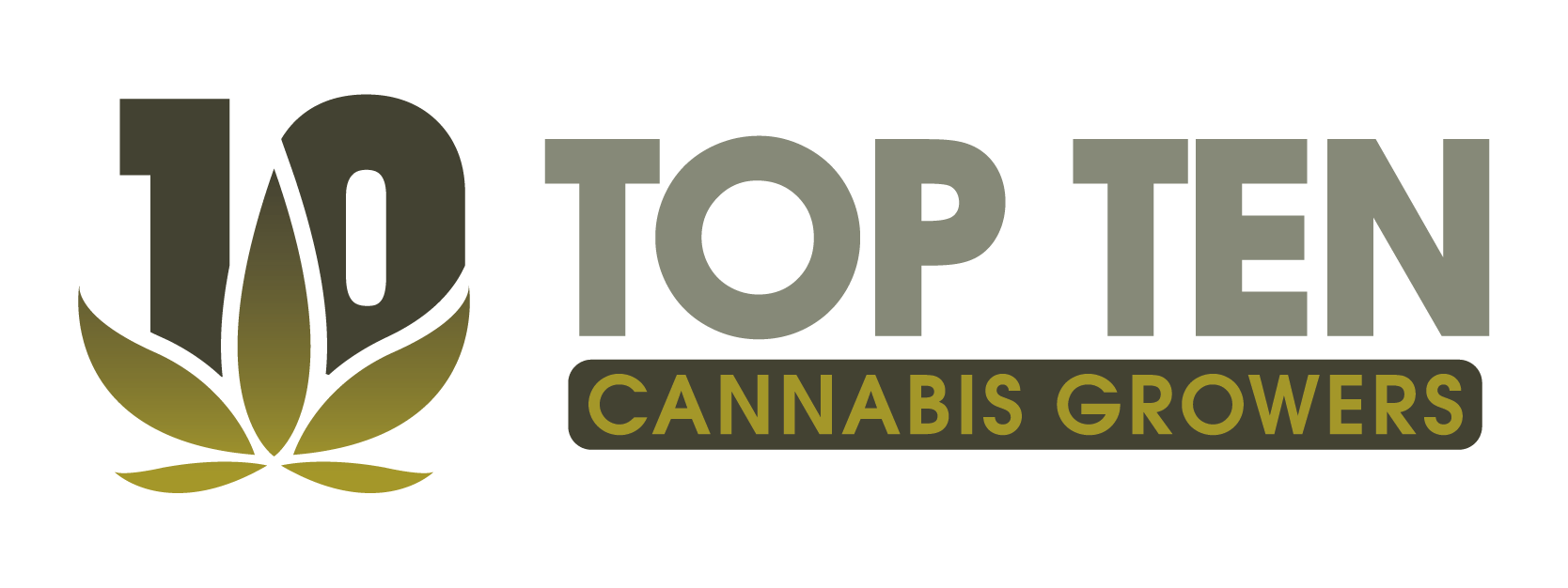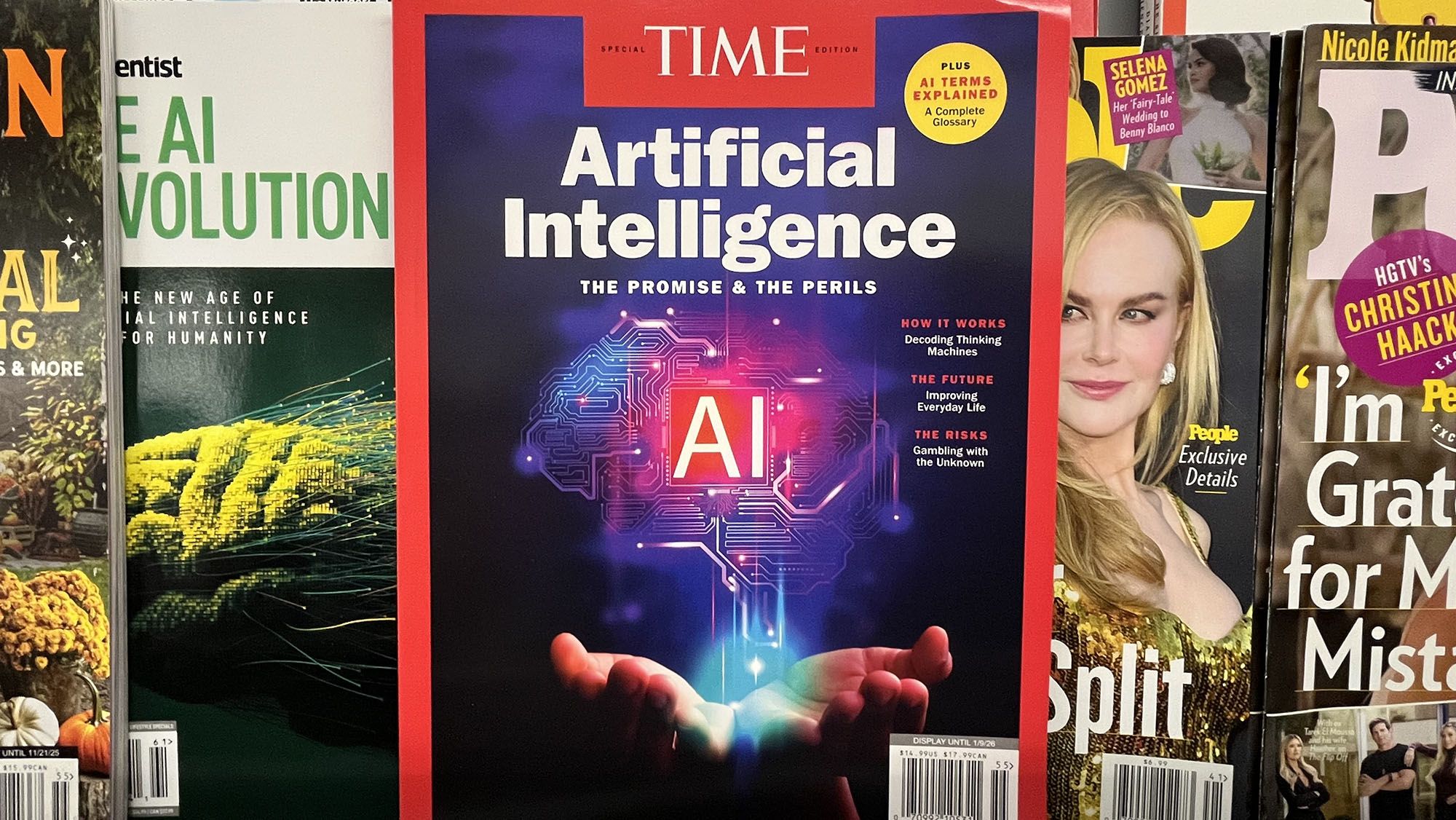In recent years, the cannabis industry has embraced artificial intelligence (AI) as a powerful tool to elevate cultivation to new heights of efficiency, consistency, and sustainability. Precision agriculture techniques—previously common in other crops—are now becoming standard among forward-thinking cultivators, especially in indoor and greenhouse grows. Several trusted industry sources and reports provide evidence of AI’s measurable impact across cultivation operations.
AI‑Driven Monitoring & Environmental Optimization
AI systems now integrate real-time data from environmental sensors, cameras, and IoT networks to monitor temperature, humidity, CO₂, light levels, soil moisture, and nutrients. Platforms like Neatleaf’s Spyder and similar offerings continuously sample microclimates within grow rooms to adjust lighting, feeding, irrigation, and climate controls. Such tools reduce human oversight of dozens of set points and ensure consistency across facilities with minimal manual intervention. The result: healthier plants, more consistent cannabinoid and terpene profiles, and improved operational stability.
Early Pest & Disease Detection
Advanced computer-vision and machine learning models are being trained to recognize early signs of pests, mold, or nutrient deficiencies—often before visible symptoms appear. Real-time image analysis flags issues such as leaf discoloration or unusual growth patterns. AI-based early intervention decreases crop loss risk and improves yield quality.
Predictive Analytics & Growth Cycle Intelligence
AI models now forecast optimal harvest timing, strain performance, and yield estimates based on historical data, weather patterns, and genetic markers. Growers can plan multiple crop cycles with supply-chain style precision—linking germination schedules with regional climate forecasts to maximize output. Nutrient dosing can also be automated via AI protocols that respond to plant growth trends and predictive threat models.
Automation & Robotics Integration
Some high-end operations deploy robotic systems for trimming, harvesting, and even weed detection. Though agriculture robotics such as laser spot-spraying are primarily in field crops, the precision and efficiency gains are analogous. AI-powered tools reduce chemical usage and labor while boosting productivity. These models illustrate how smart robotics could translate into cannabis facilities in the near future.
Operational Uptake & Market Trends
The managed global cannabis technology market was valued at approximately US $6.2 billion in 2024 and is forecasted to reach US $23.7 billion by 2030—a CAGR of nearly 25%. This surge reflects investments in automation, data platforms, compliance tracking, and AI-powered analytics solutions. Brands such as Neatleaf, CannaSpyglass, and Clarity IoT are gaining traction with AI-enabled cultivation systems that drive both efficiency and resource conservation.
Efficiency Gains & Cost Reduction
By combining smart environmental control, predictive analytics, and visual monitoring, operations have slashed labor costs and errors. Cultivators no longer need to manually oversee dozens of data points—AI handles that automatically, freeing human staff to focus on higher-value tasks. Moreover, controlled use of lights, water, and nutrients reduces waste and lowers energy bills. Sustainability also improves when growers can rely on LED lighting and solar coupled with AI monitoring to scale back consumption across indoor grows.
Product Consistency & Quality Assurance
Consumers demand consistent cannabinoid and terpene profiles, especially in medical cannabis markets. AI enables growers to normalize conditions across strains and batches, reducing variability. The Glass Pharms facility in the UK, for instance, employs automation and AI to standardize production across weekly clone-to-harvest cycles, reducing contamination risks and ensuring product reliability.
Implementation Challenges & Best Practices
Successful AI adoption requires clean, structured data. Cannabis operators must first organize their ERP and compliance trackers before layering on AI tools—ensuring that the analytics engine has accurate inputs. Integrating AI into existing systems may demand upfront investment in infrastructure and training. However, ROI materializes via improved yields, lower labor dependence, reduced chemical usage, and minimized regulatory risk.
Final Assessment: Have Operations Become More Efficient?
Yes. AI is not just a hype buzzword in cannabis cultivation—it is actively transforming operations. From early pest warning to environmental automation, predictive harvesting, and robotic trims, AI significantly enhances grow room efficiency, uniformity, and yield. Cultivators who embrace these tools report operational gains, labor savings, and higher quality consistency.
As AI-driven cultivation continues to mature, it promises growers smarter resource use, tighter compliance, and sharper competitive advantage. In the fast-evolving cannabis landscape, data-driven growers are poised to lead the industry toward more sustainable, efficient, and reliable production.

